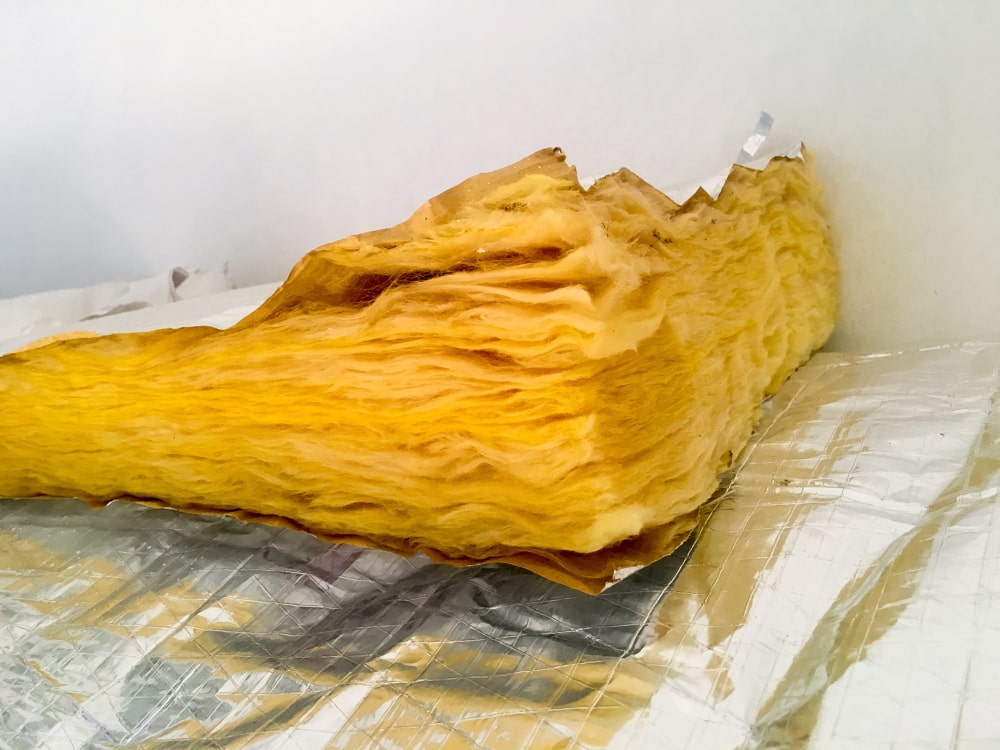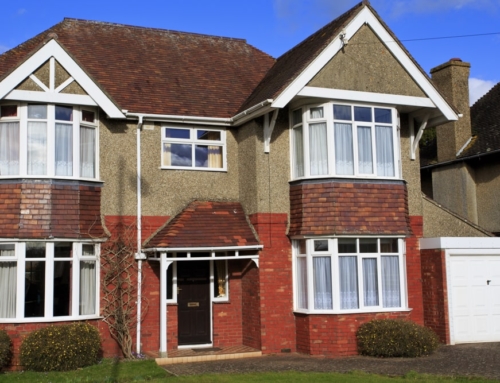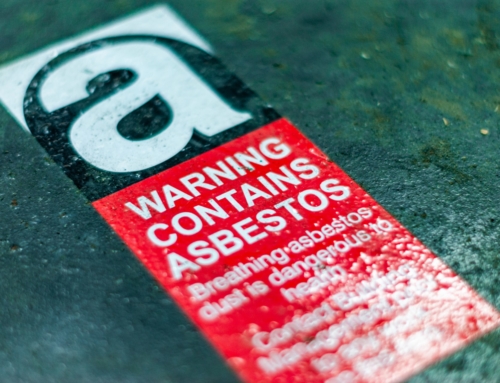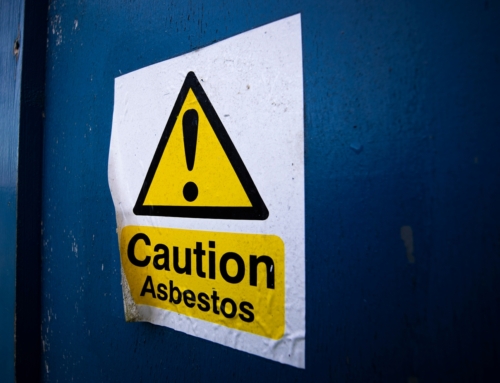Once used for its beneficial properties, we now understand the dangers of asbestos insulation. If you have a loft or attic insulated with materials from decades ago, it’s vital to determine the potential presence of asbestos and whether removal is necessary. Both require professional expertise and intervention to safeguard the health of anyone in the property.

Think you have asbestos in your loft? Here’s how to assess, plan and execute an asbestos safety plan at your property.
What is asbestos insulation?
Asbestos insulation in spaces like lofts is any material containing asbestos fibres, which were extensively used in construction pre-2000 for the range of benefits offered, like fire and heat resistance. Asbestos insulation comes in various forms, including spray-on, loose-fill, block and pipe materials.
What does asbestos insulation look like?
If you’re worried there’s asbestos in your attic or loft, you may be wondering what it looks like. This will largely depend on the type of material present. For example, asbestos insulation can have a loose, cotton-like texture. It can also be compressed into a more rigid form, resembling shredded paper or cardboard.
Identifying asbestos insulation can be challenging. Always consult professionals for asbestos testing and removal, as inhaling the fibres is a serious health risk, causing lung diseases and cancer.
How do you know if your loft insulation contains asbestos?
Asbestos fibres are microscopic and can be mixed with other materials, making it hard to detect with the naked eye. Identifying asbestos in loft insulation requires a professional assessment, as visual inspections aren’t conclusive.
If your property was built before the 2000s and the insulation appears old, it may contain asbestos. Your asbestos contractor will safely collect samples and analyse them to determine whether asbestos is present in the material.
Should you remove asbestos insulation from your attic?
The decision to remove asbestos insulation from your loft or attic depends on its current condition, risk levels and any renovation plans you have. If the insulation is in good condition and undisturbed, it may pose a lower risk.
However, if the material is deteriorating or you’re planning on disturbing the area, removal is often recommended to prevent the release of asbestos fibres. Asbestos removals should always be conducted by licensed and trained experts to ensure compliance with safety regulations.
How is loft and attic insulation removed?
Asbestos insulation removal is a highly regulated process due to the health risks. The process involves site assessments to determine the extent of asbestos contamination and plan a safe removal. Your asbestos contractor will let you know what to expect and how to stay safe.
Steps of the removal include sealing off the affected area, using containment measures, wearing protective PPE, wetting asbestos-containing materials (ACMs), careful removal of the insulation, and sealing and labelling the ACMs for transportation to a licensed waste site. After removal, workers and equipment undergo a thorough decontamination to ensure no asbestos fibres are carried out of the work area.
Need a safe asbestos removal? Get in touch
Goodbye Asbestos operates across Surrey, London and the Home Counties, including asbestos removals in Godalming and Godstone.
To arrange an asbestos insulation survey, contact us.




